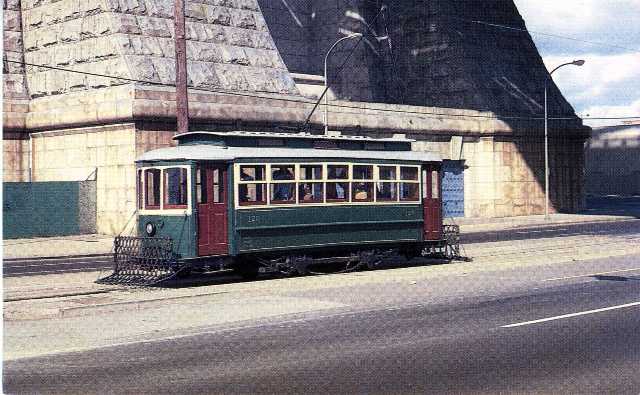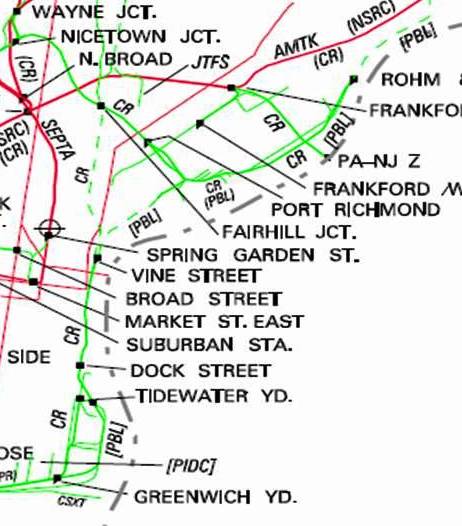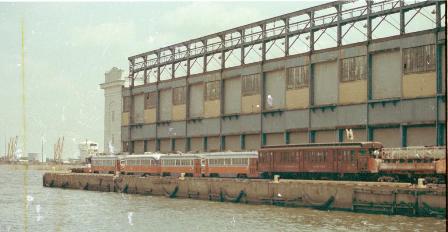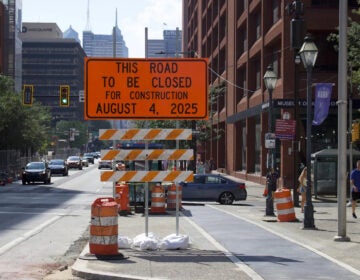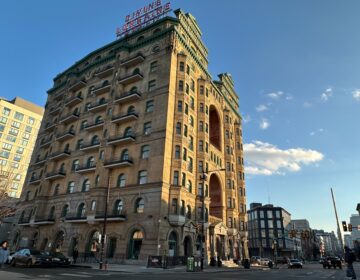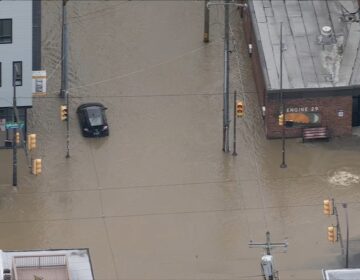When trolleys trundled along the waterfront
Photos courtesy of Philadelphia Area Traction
Nov. 24
By Anthony Campisi
For PlanPhilly
The light rail line service the Delaware River Port Authority is proposing along the riverfront wouldn’t be the first time in recent history that trolleys have lumbered along the tracks laid in the center of Columbus Boulevard.
That distinction goes to the Penn’s Landing trolley, a tourist line that ran from the Ben Franklin Bridge to Fitzwater Street, starting in 1982.
The line was operated by the Buckingham Valley Trolley Association, a nonprofit that bought old trolley cars and preserved them for posterity. It ran some of those trolleys along the New Hope and Ivyland Railroad in Bucks County through the latter half of the 1970s, until ownership at the railroad changed and the tourist line was closed down.
Luckily for the BVTA, the Belt Line Railroad, which owns the right of way along Columbus Boulevard, asked the group to set up shop in Philadelphia. The city wanted the BVTA to operate trolleys along the river as part of the 300th anniversary celebrations commemorating William Penn’s landing in Pennsylvania.
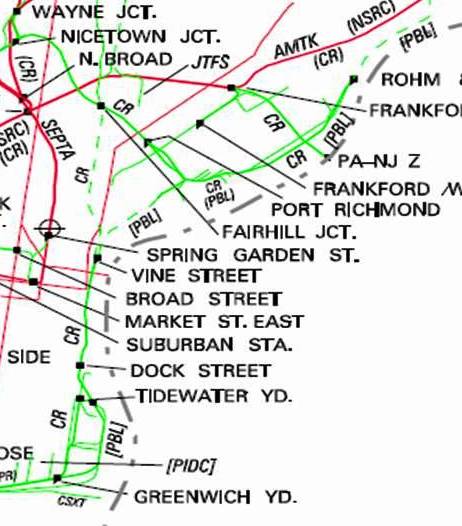
Charles Long, who was the BVTA’s treasurer at the time, recalls that the group packed everything — down to the poles to support a catenary line — and set up shop down by the river. The BVTA traded in its old catenary wire for new wire from SEPTA, and the city supplied a diesel generator for the first year of operation.
“Initially, we did quite good,” Long said. Trolleys would run from Thursdays through Sundays and for special events during the week, making several stops along the river at major intersections. The line’s largest cost was insurance because trains were operated by volunteer enthusiasts trained by the BVTA.
One such volunteer engineer was Burt Eisenberg. He first read about the organization in the paper when the BVTA was still active in Bucks County and drove up to try his hand at operating a trolley car.
Eisenberg had never driven a trolley before — though as a kid growing up in Philadelphia, he “watched the motorman like a hawk” — but says that he managed to stop the machine three feet in front of a stationary one on his first try.
He stayed with the group for its move down the Delaware, and remembers the jingle, to the tune of a popular Sesame Street song, he used to get young children excited for their trolley rides: “‘T’ is for trolley, that’s good enough for me.”
The trolleys were manned by a two-person team. A motorman operated the trolley while a conductor collected tickets — $1 for adults and 50 cents for kids for a round trip — and gave riders a history of the waterfront and the trolley they were riding.
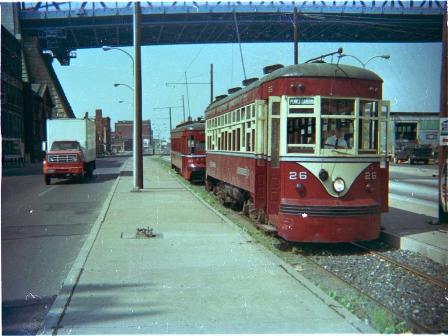
Because the BVTA purchased old trolleys from a number of operators, its collection ran the gamut from a World War I-era Hog Island model that used to take workers to the shipyards to a two-axle car from Wilmington that started life as a rail grinder and was operated by hand brake.
The trolley line’s fortunes began changing, though, as the city began an aggressive push to develop the waterfront, forcing the BVTA to move its base of operations. When a developer unveiled a plan to build condos on Pier 5, the group had to move the trolley cars stored there to Pier 9 and to Laurel Street under Interstate 95.
But because the cars on Laurel weren’t protected by a shed, they were a ripe target for vandals. Long, the former BVTA treasurer, said that thieves would break into the cars and destroy them as they stripped them for copper wiring to sell as scrap metal.
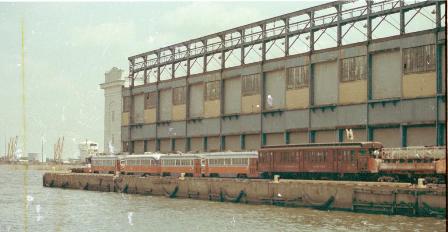
“Their vision of Penn’s Landing was condos — it wasn’t streetcars,” Eisenberg said.
Ridership peaked in 1987, when the bicentennial celebration of the signing of the Constitution brought tourists to the waterfront and began dropping after the Great Plaza was finished along the waterfront — the pedestrian ramps over Walnut, Chestnut and Market streets diverted foot traffic from Columbus Boulevard, where the trolleys ran.
(The 1992 Independence Day celebrations bucked that trend, setting a daily ridership record of about 1,600 passengers.)
As time went on, the character of the waterfront also changed, Long said.
Instead of a family-friendly locale where parents would come and take their kids on the trolley, nightclubs and bars started popping up. “It really wasn’t a good fit with us,” he said.
An upscale restaurant on Pier 3, for instance, had a valet parking service whose drivers consistently made left turns in front of an incoming trolley car. “We did in a couple of Mercedes,” Long said.
The line was finally shut down in 1996 because the Penn’s Landing Corp. wanted the BVTA’s space on Pier 9 for development.
Philadelphia’s loss was the coal region’s gain. Scranton was opening up the Electric City Trolley Museum at around the same time. The group moved most of its fleet up Lackawanna County, where it now operates a tourist line that runs through an old trolley tunnel under downtown Scranton.
“Scranton has been very, very nice to us,” Eisenberg, the former volunteer trolley operator, said.
Contact the reporter at campisi.anthony@gmail.com
WHYY is your source for fact-based, in-depth journalism and information. As a nonprofit organization, we rely on financial support from readers like you. Please give today.



